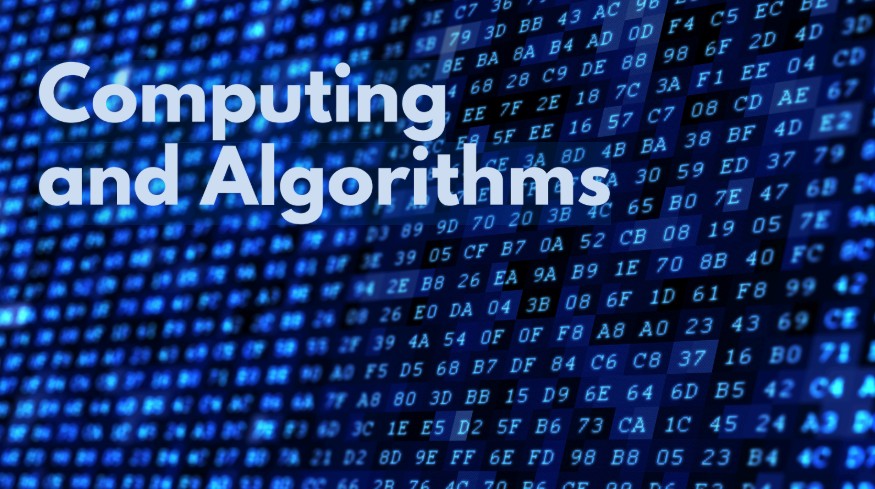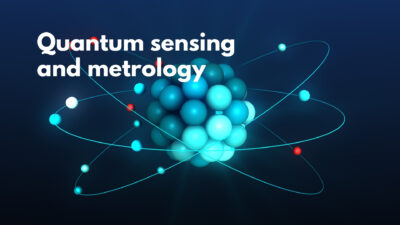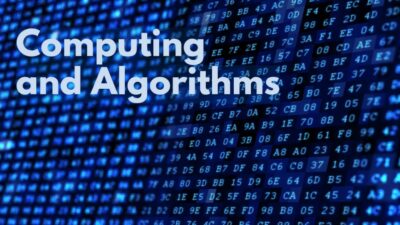**Quantum Computing Standards and NIST’s Role**
In the 1990s, the National Institute of Standards and Technology (NIST) played a crucial role in jump-starting quantum information science. Researchers at NIST discovered that atomic clocks could be used as quantum computers, using individual atoms as qubits. This breakthrough led to the development of quantum logic gates, which are essential for processing information in computers.
**Key Points:**
1. **Qubits**: Qubits are individual atoms or objects that follow the rules of quantum physics, allowing them to exist in multiple states simultaneously.
2. **Logic Gates**: Logic gates process inputs of 0s and 1s to produce outputs in a specific way. In traditional computing, they can only process one input at a time.
3. **Superposition**: Quantum bits (qubits) can exist in superpositions of low- and high-energy states simultaneously, enabling them to perform calculations faster than classical computers.
**Organizations Involved:**
* Theoretical physicists Ignacio Cirac and Peter Zoller developed an idea for making quantum computers reality
* Daniel Kleppner supervised Ph.D thesis work related to this area
* Dave Wineland was awarded Nobel Prize “for ground-breaking experimental methods” including developing first steps towards building new type computer based on physics
**Current Status:**
The field has made significant progress since its inception but still requires substantial research before practical applications become available
Potential Impact:
This technology may enable secure communication through encryption breaking algorithms like Shor’s algorithm
Keywords: Quantum, Computing, Information



